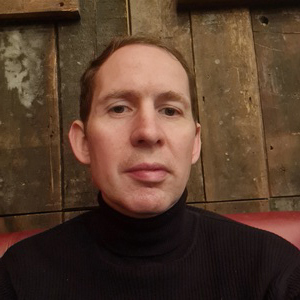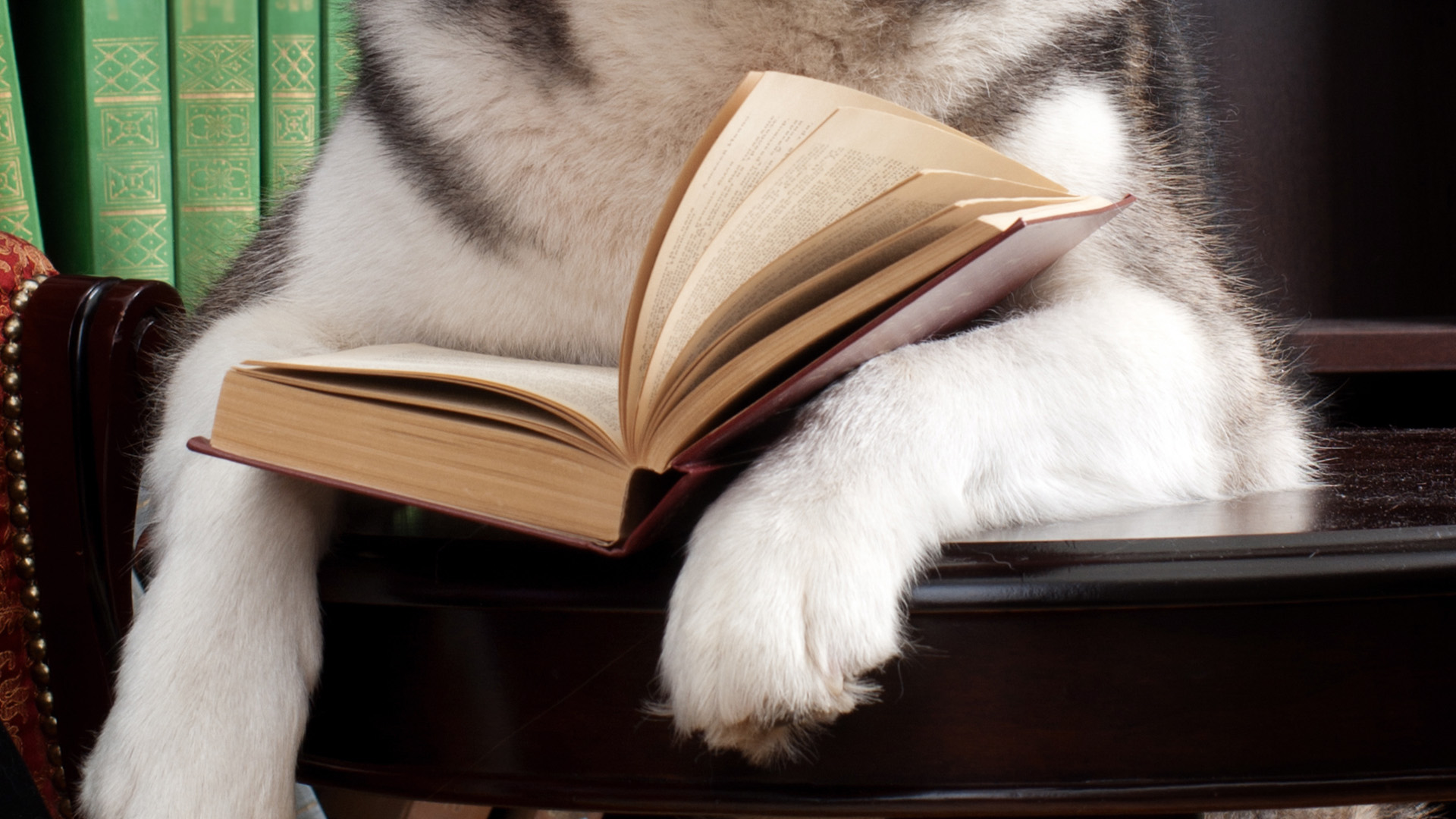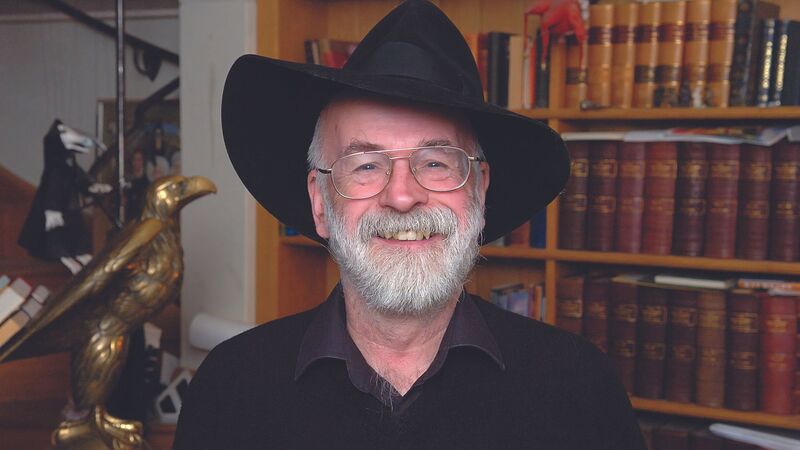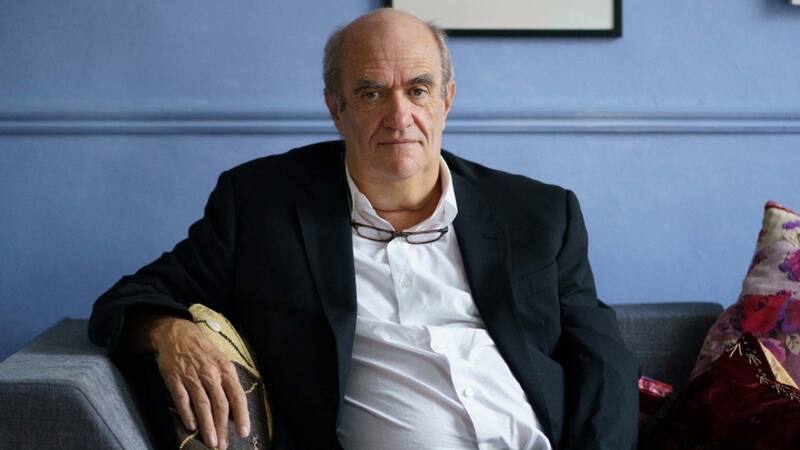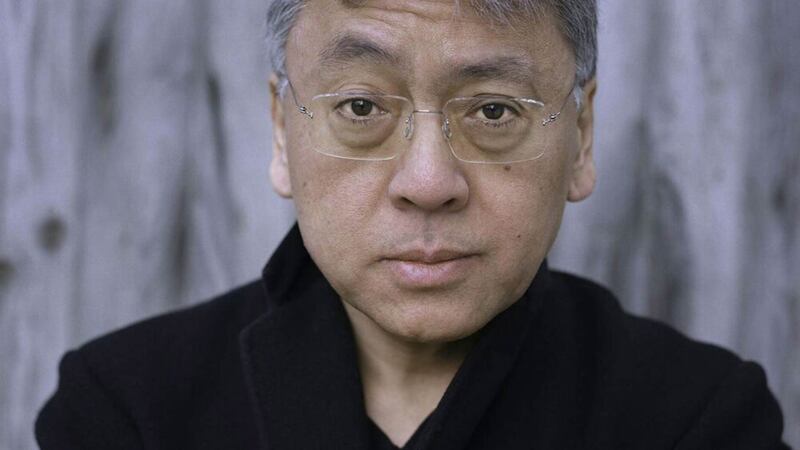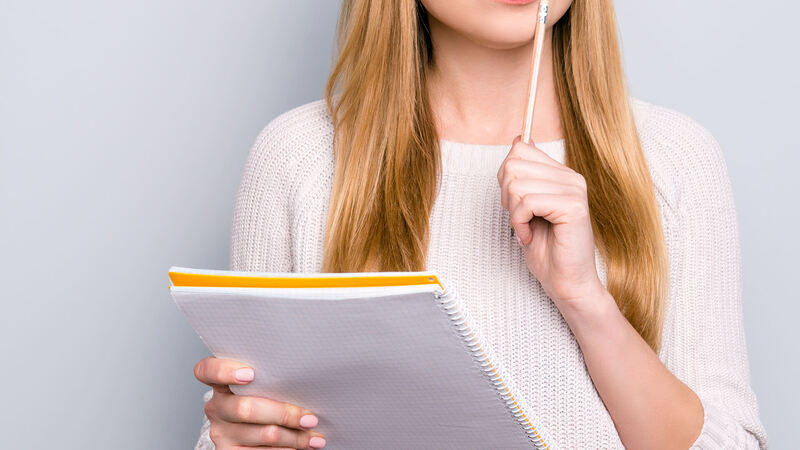You are viewing your 1 free article this month. Login to read more articles.
Publishing beyond people
Forget AI vs human writers; collaborating with other species is the future of books.
In the 1988 film "Scrooged" a film producer called Preston Rhinelander, played by Robert Mitchum, gives advice to Bill Murray’s Scrooge: "I have here a study from Hampstead University which shows us that cats and dogs are beginning to watch television. Now if these scientists are right, we should start programming right now."
What seemed like a joke 35 years ago should now be taken very seriously by publishers, just as it is by the poets who are creating non-human poetry written not about, but with other forms of life. To get Preston Rhinelander about it, there are 13 million dogs in the UK and there is evidence of dogs reading poetry. The canniest – canine-iest – publishes should be preparing themselves to make the most of this nascent – scent-filled – market.
I was recently sent a file by an audio technician labelled mushroomsanddogs.wav which contained important evidence about this new form of poetry. The file contained the audio recording for an event called ‘Non-human Poetry’ which took place at the National Poetry Library on 22nd February 2023, when the secrets of this hidden underworld of multi-species co-creation were revealed. The poets, our pioneers into new lands and languages, were Fiona Glen and Nina Hanz – working collaboratively to activate the ‘mushrooms’ in the file name – and Mara-Daria Cojocaru, who has been co-creating poetry with dogs.
My report begins with recounting Glen and Hanz’s performative essay which described how they collaborated to write Mycoglossia (HVTN Press, 2021), focusing on the strangeness but also the closeness of the fungal world to our own. The poets began work on the project during the pandemic when they were living in different cities, bridging the physical divide by writing simultaneously into the same shared document – watching words multiply like spoors as the world stayed still. Glen and Hanz found a way of writing that was generative and emergent, "inheriting everything … a true underground".
Their goal was to write poems that "crawl, burst and blossom across the page", wondering "what it might mean to write like a mushroom?" The longer their project went on, the more the mushrooms gained central ground in their creative world, to the point where they began to ask how the mushrooms might speak of them? The world of publishing needs more works like this because we have seen where the ego-driven consciousness of humans has got us. Publishers should look for writers that willingly dissolve themselves, handing over their language faculties – as conduits – for other living things to speak.
Non-human writing – and reading – is happening and we’re on the verge of huge breakthroughs that pioneering publishers will become famous for
Our next luminary for the non-human was Mara-Daria Cojocaru who has been co-producing poetry with dogs, working on what she calls ‘multi-species poetry’. Cojocaru’s practice aims "to produce poetry that speaks to the more than human and is even legible by other creatures than just humans, because that’s something that always bugged me as a poet, that I was ultimately producing artwork for you… I thought the audience needed to be enlarged". For Cojocaru, it’s a prerogative for poetry to transcend the culturally given limitations of language, to create something for other living cultures. But why dogs? "They have the best chance," she told us, "of getting something out of co-creation."
So how does co-created poetry with dogs work?
- Ask your dog to take you on a walk, paying attention to what the dog finds interesting in the environment.
- Take samples of these things (permission is granted to skip the fox poo).
- Using the collected ‘olfactory signature’ of the joint walk, the human writes an acrostic, describing what took place. The items collected on the walk can then be placed into a container, alongside the printed poem, which can be interacted with by the dog.
Cojocaru demonstrates this with a photograph of a dog reading the printed poem which has been placed on a wall, next to the container of things gathered from their walk.
Whether or not you buy into this as being a genuinely collaborative experience, the process of co-creation undoubtedly works to bring humans closer to canine life "as a means of getting to know their dog better". It also produced some surprisingly good lines of poetry, such as "love is a good walk".
This idea of scent-focused poetry isn’t as wild as it sounds: how often do we walk into art galleries to find our experience of artworks transformed or intensified by an additional scent emitted into the space? So why not books? For example, a publisher might create a book of poems about herbs that has its linguistic world enhanced with small samples of each herb contained in the publication. A reader might make tea from them and drink it while they read the book. This allows reading to expand from a mind-based activity to a holistic, sensory one; the book can carry the natural world into the body of a reader.
Non-human writing – and reading – is happening and we’re on the verge of huge breakthroughs that pioneering publishers will become famous for. The much anticipated Twelve Words for Moss, by Elizabeth-Jane Burnett, will be published by Allen Lane in May; an entangled, emergent book of poetry, memoir and nature writing which is as alive as the different mosses it gives language to. It’s time for publishers to encourage more writers to break out of the shell of the self and speak as other living things. "Slip out of darkness", the great Scottish poet Edwin Morgan wrote, "it is time."
